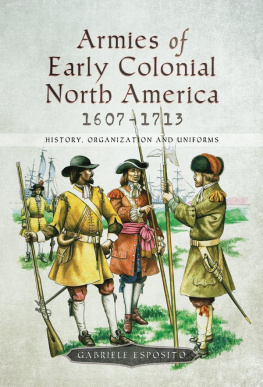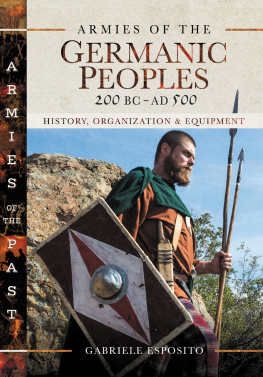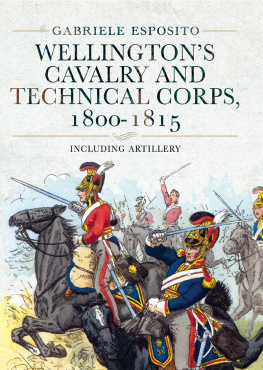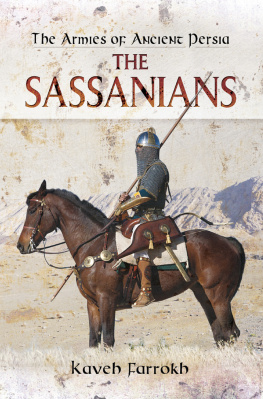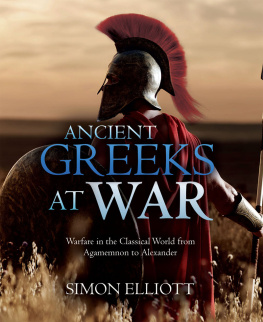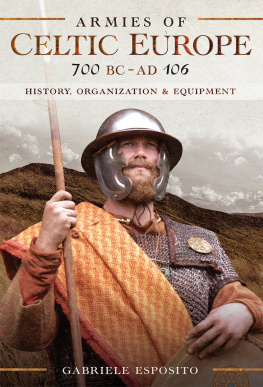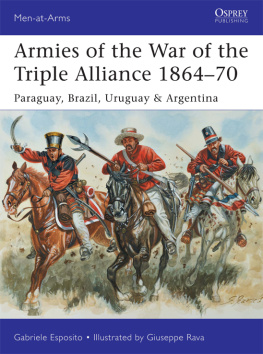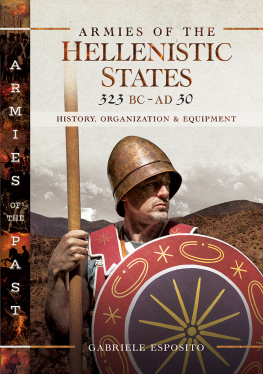Pagebreaks of the print version

Armies of the Thracians and Dacians 500 BC to AD 150
Armies of the Thracians and Dacians 500 BC to AD 476
History, Organization and Equipment
Gabriele Esposito
First published in Great Britain in 2021
by Pen & Sword Military
An imprint of Pen & Sword Books Limited
47 Church Street
Barnsley
South Yorkshire
S70 2AS
Copyright Gabriele Esposito 2021
ISBN 978 1 52677 274 9
eISBN 978 1 52677 275 6
Mobi ISBN 978 1 52677 276 3
The right of Gabriele Esposito to be identified as Author of this Work has been asserted by him in accordance with the Copyright, Designs and Patents Act 1988.
A CIP catalogue record for this book is available from the British Library
All rights reserved. No part of this book may be reproduced or transmitted in any form or by any means, electronic or mechanical including photocopying, recording or by any information storage and retrieval system, without permission from the Publisher in writing.
Pen & Sword Books Limited incorporates the imprints of Atlas, Archaeology, Aviation, Discovery, Family History, Fiction, History, Maritime, Military, Military Classics, Politics, Select, Transport, True Crime, Air World, Frontline Publishing, Leo Cooper, Remember When, Seaforth Publishing, The Praetorian Press, Wharncliffe Local History, Wharncliffe Transport, Wharncliffe True Crime and White Owl.
For a complete list of Pen & Sword titles please contact
PEN & SWORD BOOKS LIMITED
47 Church Street, Barnsley, South Yorkshire, S70 2AS, England
E-mail:
Website: www.pen-and-sword.co.uk
Gabriele Esposito is a military historian who works as a freelance author and researcher for some of the most important publishing houses in the military history sector. In particular, he is an expert specializing in uniformology: his interests and expertise range from the ancient civilizations to modern post-colonial conflicts. During recent years he has conducted and published several researches on the military history of the Latin American countries, with special attention on the War of the Triple Alliance and the War of the Pacific. He is among the leading experts on the military history of the Italian Wars of Unification and the Spanish Carlist Wars. His books and essays are published on a regular basis by Osprey Publishing, Winged Hussar Publishing and Libreria Editrice Goriziana; he is also the author of numerous military history articles appearing in specialized magazines like Ancient Warfare Magazine , Medieval Warfare Magazine , Classic Arms & Militaria Magazine , History of War, Guerres et Histoire , Focus Storia and Focus Storia Wars .
Acknowledgements
T his book is dedicated to my exceptional parents, Maria Rosaria and Benedetto, for the great love and fundamental support that they continue to give me every day. Thanks to their precious observations, derived from long experience, the present work has been much improved. A very special thanks goes to Philip Sidnell, the commissioning editor of my books for Pen & Sword: his love for history and his passion for publishing are essential for the success of our publications. Many thanks also to the production manager of this title, Matt Jones, for his great competence and enthusiasm, and the excellent copyeditor Tony Walton, who as ever played a crucial role. A very special mention goes to the two brilliant re-enactment groups/living history associations that collaborated with their photographs to the creation of this book: without their incredible work of research and re-enactment, the final appearance of this publication would not have been the same. In particular I want to express my deep gratitude to the Bulgarian group Ancient Thrace and the Romanian group Historia Renascita, especially to their respective leaders Petar Chapkanov and Catalin Draghici.
Introduction
T he main aim of this book is to present a detailed overview of the military history of two important peoples: the Thracians and the Dacians. As we will see, these had a lot in common but were also quite different in many aspects: they inhabited a large portion of Eastern Europe and played an important role in the history of the Ancient World. Both the Thracians and the Dacians were extremely warlike peoples, according to what we know about them from ancient sources and from archaeological researches. They were feared and admired by their enemies, who always had great difficulty in defeating them. The Thracians had lived on the northern edges of the Greek world since the Mycenean period, and thus were well known to the Greeks: they fought against and for the latter on several occasions, contributing in a decisive way to the general development of the Greek art of war. The appearance of the light infantry peltast in the armies of the Greek cities, for example, was mostly the result of the many defeats suffered by the Greeks while fighting against the Thracians. Soldiers from Thrace also made a great contribution to Alexander the Greats victories in Asia: as we will see, they formed a significant part of the Macedonian army that invaded the Persian Empire. During the ensuing Hellenistic period, the Thracians flourished for several decades and served as mercenaries in all the armies of the Mediterranean world. They were admired for their combat skills, and every Hellenistic monarch was ready to pay large sums of money in order to include them in his military forces. Under Lysimachus, one of Alexander the Greats successors, the Thracians were partly Hellenized and their realm was one of the protagonists of the bloody Diadochi Wars. When Rome gradually emerged as the dominant power of the Balkans, the Thracians fought on Macedonias side and tried to stop the Roman legions. In the end, however, they had to accept the Roman presence on their borders and were progressively transformed into vassals of the Roman Republic. After decades of wars and rebellions, in AD 46 Thrace was organized as a Roman province and the Thracians lost forever their independence. One of their greatest weaknesses had always been that of being politically fragmented, since each Thracian tribe was jealous of its freedom and was constantly at war against the others. Across the centuries, several attempts were made to create a unified Thracian Kingdom, especially by the Odrysian tribe, but in the end these did not last for long.
The problems related to political fragmentation were also experienced by the Dacians, who lived in an isolated area of Europe that soon came under the influence of the steppe peoples settled in modern Ukraine. During their early history, the Dacians were dominated for a long time by the Scythians and the Sarmatians; at a certain point, however, a first form of unified Dacian Kingdom emerged, thanks to the efforts of the capable military leader Burebista, who transformed the Dacians into a real regional power and for the first time introduced a national spirit among the various tribes of his people. After Burebistas death, however, the Dacian communities temporarily abandoned their dreams of glory and started to fight against each other, like in the previous centuries. Over time, the traditional isolation of Dacia came to an end and the Roman legions appeared on its frontiers, as a result of which a new phase of political unity began for the Dacians. This led to the ascendancy of Decebalus, one of the greatest military leaders of Antiquity, who fought three wars against the Roman Empire. During the first of these conflicts he was still a simple general, but his great military capabilities allowed him to become the supreme leader of his people. Decebalus modernized Dacia in many ways and created a large multi-national army, following the example of his great predecessor Burebista. As a king, he fought two bloody wars against the Roman Army of Emperor Trajan, who invaded Dacia in order to acquire its great natural resources. The Dacians were strong enough to defeat the Romans on several occasions before their magnificent capital, Sarmizegetusa, was finally conquered by the Empire. Despite the fall of their homeland, some Dacians continued to fight against the Roman Empire until the legions abandoned Dacia around AD 275.



